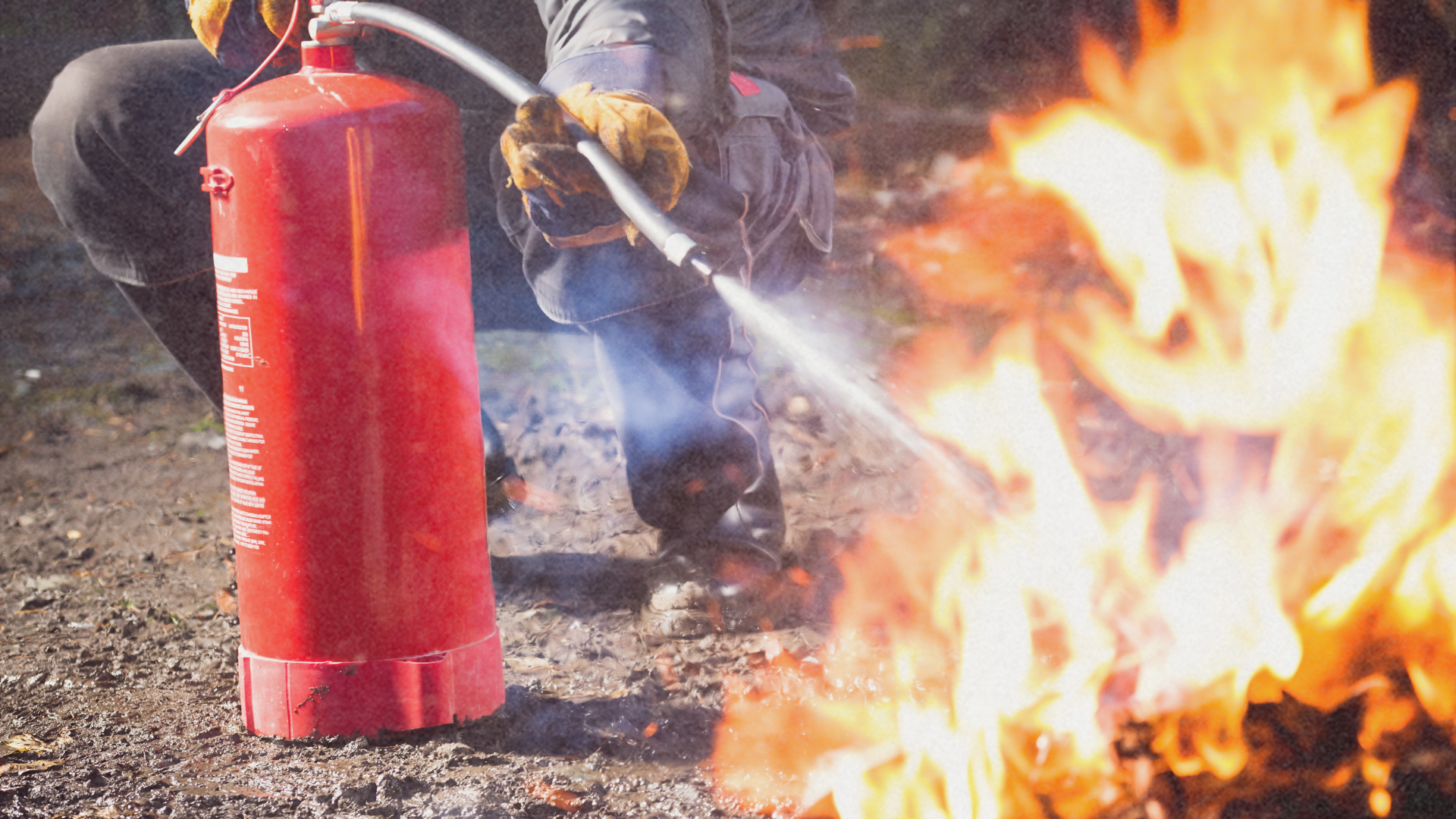The United States’ Transportation Security Administration (TSA) has modified its guidelines in terms of carry-on items allowed in commercial airliners, according to various reports.
In a statement, TSA said that, effective April 25 this year, it “will allow knives that do not lock, and have blades that are 2.36 inches or 6 centimeters or less in length and are less than 1/2 inch in width, novelty-sized and toy bats, billiard cues, ski poles, hockey sticks, lacrosse sticks and two golf clubs as part of their carry-on baggage.”
Further, it said the move is “part of an overall Risk-Based Security approach, which allows Transportation Security Officers to better focus their efforts on finding higher threat items such as explosives.”
However, based on reports, the modifications have been criticized by Transport Workers Union (TWU), said to be a leading union of flight attendants. The union expressed that the changes are “real threats to flight attendants and passengers” who are in the passengers cabin unlike with pilots who are secured by doors.
As posted on TWU’s website, it also said, “Flight Attendants are outraged. We are the last line of defense in aviation security and time does not change the fact that we were among the first to die in a war we didn’t know we were fighting on September 11, 2001.”
It added: “This policy reversal is against the best interest of the security of crew and passengers in the aircraft cabin and we will stop at nothing to fight it.”
Even travelers and citizens are outraged by the new policy. Penroad, a healthcare professional in the US, shared her thoughts via Facebook chat, saying, “Allowing sharps and sticks onboard while I am airborne will definitely make me uncomfortable. We have read and heard a lot of horrible killings due to mishandling of weapons.”
She added, “Did we forget the knife-stabbing in China? Apart from that, the various gun shootings by psychos? What if, the owner of the Swiss knife has mental or emotional problems? I will be an easy target coz, in the plane, there is no way out but the exit 30000 feet above ground. What if an adventurous person will start hitting the airplane windows with a baseball bat? I want to land in one piece and not in fragments. TSA does not have a way to screen unstable minds. Neither do I.”
But despite criticisms, TSA said in a statement that the changes have placed them in line with the “International Civil Aviation Organization Standards and our European counterparts.”
With the recent changes in TSA’s aviation policy, it can’t be helped to ask if the Philippines would follow suit.
Jonathan Maliwat, public information officer at the Office for Transportation Security (OTS) of the Department of Transportation and Communications (DOTC), said in an email interview, “We respect what TSA mandate do in safeguarding their own transportation systems. But we don’t want to make any comment to look for the differences in rules and regulations in different countries, here in the Philippines, the Office for Transportation Security is tasked with “passenger and baggage screening” in the multi-modal (AIR, SEA and LAND) transportation systems to ensure that no weapons/explosives, nor any unlawful interference are introduced into the transport system.”
He added that, “OTS followed and complied in accordance to the Annex 17 of International Civil Aviation Security Organization (ICAO). The Philippines, National Civil Aviation Security Program (NCASP) made it a requirement for ALL passengers, including domestic flights.”
As opposed to TSA’s new policy, the following items, he reminded, are still not allowed for cabin/carry-on baggage: weapons (guns or any kind of weapons); explosives (hand grenade, firecrackers, etc.); and bladed/sharp edges (objects with sharp points or sharp edges, etc.).
Recall that last year, removing shoes in the airport for passenger screening was abolished after causing delays in flights and inconvenience among passengers. The screening of shoes was made a requirement by the NCASP for all passengers, including domestic flights, explained Maliwat. He added, “The NCASP states prior to entering the Walk-Through Metal Detector (WTMD) at the final security screening checkpoints all passengers must remove their shoes and place them on the x-ray belt for screening.”
But he revealed that MGen. Jose Angel Honrado (Ret), the general manager of Manila International Airport Authority, wrote to OTS on August 17 last year, “specifically regarding the various complaints relative to the shoe removal as a requirement of security.” So he said the OTS issued a directive the following month, stating that the “removal of shoes for passenger screening is now dependent on the prevailing threat condition in the concerned airport.” It took effect on November 1, 2012.
Even with the removal of shoe inspection, there are still a few exceptions to the rule, various sources said.
For one, a mandatory shoe inspection will take place if and when NAIA is under a “high alert level,” meaning, important facilities such as the airports are being targeted by terrorists as based on government intelligence reports.
Second, passengers may still be asked to remove their shoes if chosen on a random basis to screen every 10 to 20 travelers or if the WTMD sets an alarm.
Also, shoe inspections remain to be implemented at the boarding areas of carriers set to leave for the United States as a requirement of the US Department of Homeland Security.
The imposition of shoe inspections in the US and other nations was a result of the failed bombing of an American Airlines bound to Miami, Florida from Paris, France in December 2001. It was a vigilant flight attendant who prevented the possible bombing.






One response to “OTS Won’t Allow Knives and Blades Despite TSA’s New Aviation Policy”
TSA made “the move as ‘part of an overall Risk-Based Security approach’, which allows Transportation Security Officers to better focus their efforts on finding higher threat items such as explosives.” What about the non-conformance of OTS?